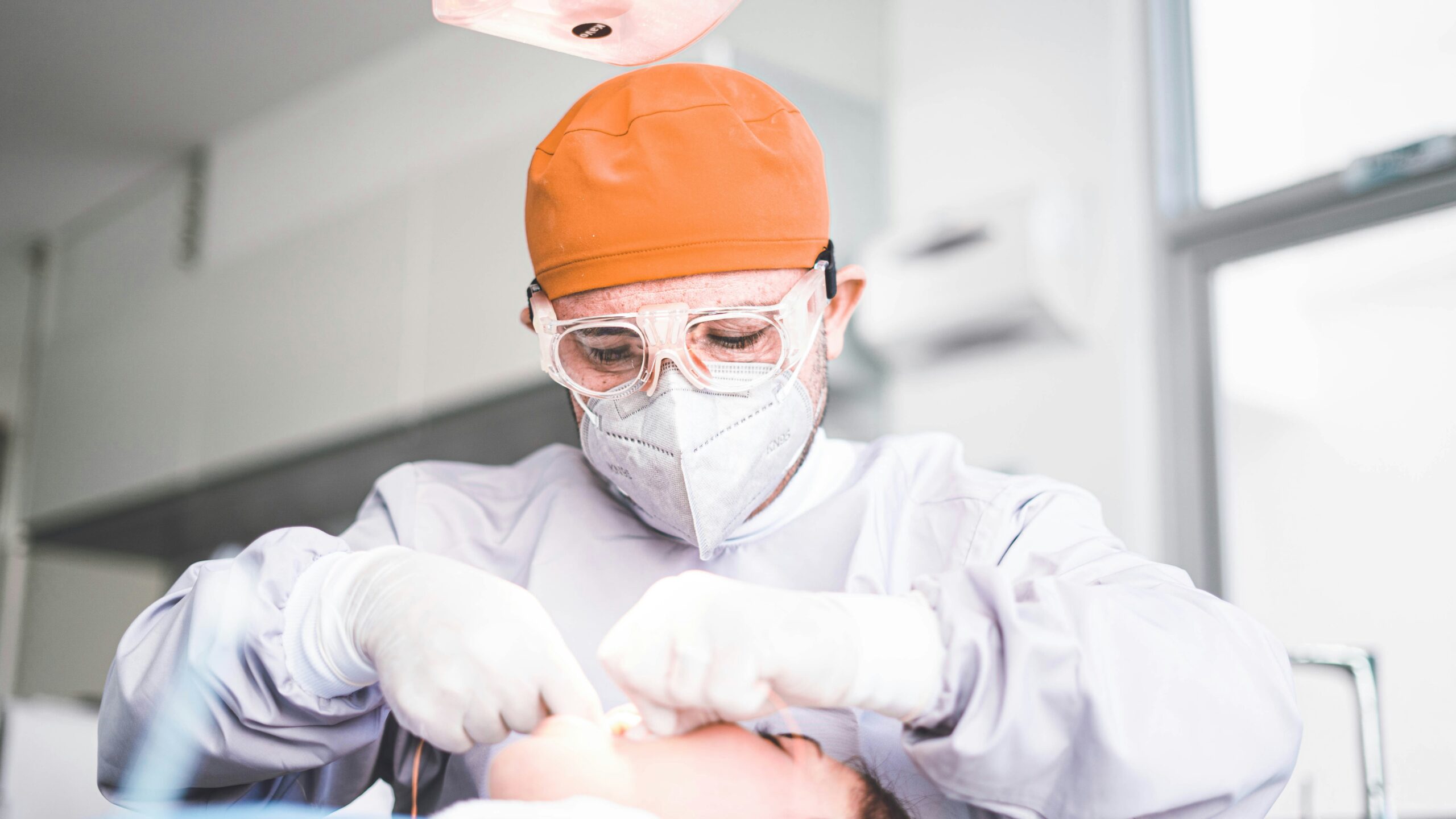
Dermatological surgery is vital in treating skin conditions, ranging from benign growths to skin cancers. While these procedures can significantly improve a patient’s health and appearance, one common concern is scarring. Scars can affect physical appearance, confidence, and quality of life. Fortunately, advances in surgical techniques and postoperative care have made it possible to reduce scarring and improve healing outcomes.
Understanding how to minimize scarring after dermatological surgery is crucial for surgeons and patients. It involves careful planning before the procedure, precise surgical execution, and diligent aftercare. This article explores key methods to reduce scarring and promote optimal skin recovery.
Planning the Procedure with Scar Minimization in Mind
Before the surgery, dermatologists assess the patient’s skin type, the lesion’s location, and the size of the area requiring treatment. These factors influence how the skin will heal and the risk of visible scars. Choosing the right surgical approach tailored to the patient can help reduce trauma to the skin and underlying tissue, which is essential for minimizing scarring.
For example, in areas of high tension or movement, surgeons may select techniques that align incisions with natural skin lines, known as Langer’s lines. Aligning cuts with these lines helps the wound close more naturally, leading to finer, less noticeable scars. Additionally, using the smallest necessary incision and avoiding excessive tissue removal supports better healing.
Utilizing Advanced Surgical Techniques
Modern dermatological surgery includes refined techniques designed to lessen trauma and encourage better healing. Techniques such as layered closure, where more profound layers of skin are carefully sutured before the surface, reduce tension on the wound edges. This approach prevents wound separation and reduces scar widening.
Moreover, fine, absorbable sutures can minimize irritation and inflammation, common contributors to poor scar formation. Surgeons may sometimes opt for tissue adhesives or steri-strips to close wounds gently without suturing. These alternatives can further reduce skin trauma and accelerate healing.
Technological tools, like lasers and radiofrequency devices, also aid in cutting and sealing tissue precisely, which reduces bleeding and tissue damage. These innovations contribute significantly to the reduction of scar formation in dermatological procedures.
Postoperative Care and Its Role in Scar Prevention
Proper wound care after surgery is critical to minimizing scarring. Patients should follow all postoperative instructions their healthcare provider gives, including cleaning the wound, applying prescribed ointments, and avoiding activities that could stretch or injure the healing skin.
Moisturizing the wound regularly with recommended products keeps the skin hydrated, promoting faster healing and reducing scar thickness. Protecting the area from sun exposure is vital because ultraviolet rays can darken scars and make them more noticeable. Using a broad-spectrum sunscreen or covering the wound when outdoors is strongly advised.
Patients should also avoid picking at scabs or irritating the wound area. Such actions can delay healing and increase the chance of hypertrophic or keloid scars. Monitoring the wound for signs of infection is essential, as infections can worsen scarring and require prompt medical attention.
Scar Management Treatments
Despite the best efforts during surgery and postoperative care, some patients may still develop noticeable scars. Fortunately, dermatologists offer several treatments to improve scar appearance. Silicone gel sheets and silicone-based creams are widely recommended for their ability to flatten and soften scars by maintaining skin hydration and regulating collagen production.
Other interventions include steroid injections, which can reduce inflammation and the raised appearance of hypertrophic scars. Laser therapy is another effective option; it helps remodel scar tissue and improve skin texture and color. Sometimes, microneedling or dermabrasion may encourage new, healthy skin growth and reduce scar visibility.
Each treatment is tailored to the scar type and patient skin characteristics, making consultation with a dermatologist crucial to determine the best course of action.
The Psychological Impact of Scarring and Support
Scarring can affect mental health and self-esteem, especially in visible areas like the face or hands. Healthcare providers need to recognize this impact and support patients emotionally. Open discussions about expectations before surgery and clear guidance on scar management can help patients feel more in control of their healing journey.
Psychological support may also include counseling or support groups for those coping with significant scarring or body image concerns. Encouraging patients to focus on the benefits of the surgery while addressing scar worries ensures a more favorable recovery experience.
Minimizing scarring in dermatological surgery involves careful surgical planning, advanced techniques, diligent postoperative care, and, if necessary, targeted treatments. Patients and surgeons can work toward optimal healing with the least visible scarring by understanding and applying these strategies. This holistic approach helps patients regain their skin’s health, confidence, and peace of mind.